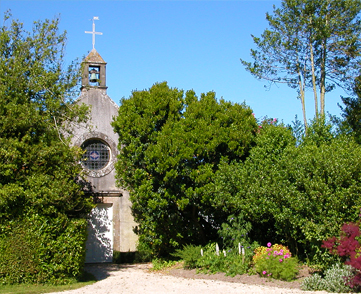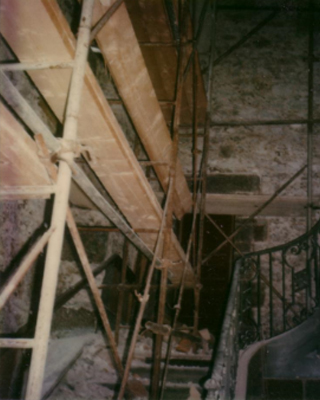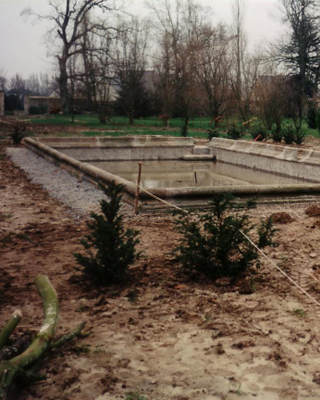La Malouiniere

In 1715, la Ville Bague was build by Guillaume Eon, Julien Eon's nephew. Eon family, wealthy merchants of Saint-Malo, had opened many outlets abroad, notably in Cadiz.
A more modest mansion stood at the place of the present malouinière. The dovecot, the chapel and the walls are older (late seventeenth century). Successive property of families Eon (in 1670), Magon lords Chipaudière (in 1676), and Eon (1776). In 1768, Julie Marie Eon du Vieux Chastel married Jonathan Penfentenyo, Marquis de Cheffontaines. The Marquis de Cheffontaines becomes the owner of la Ville Bague in 1789.
The panoramic wallpaper
The large living room wallpaper was created in 1820 (Dufouret Leroy factory) and represents Pizzaro's arrival among the Incas. He was placed in the halls of la Ville Bague at the request of Hiacynthe Penfentenio, Cheffontaines Marquis and his wife, Julie-Marie-Rose Eon, on their return from exile. Exceptional model in its entirety, this pan is a historical monument. It was take off and sold in 1972 and was then found for sale on the art market in 1976. Badly damaged, it was restored by the Beaux-Arts in Paris who, by chance, had an other intact example at the Museum of Decorative Arts.

The Chapel of St. Sophia

This chapel was used to store potatoes in the 1960s and was in ruins. It was fully restored from the ground (Carrara marble) to the roof.The altarpiece is from the demolished Chapel "Notre-Dame de Lorette" in St Servan district.
The square Dovecot
Built in the late seventeenth century, it was still an orange grove because Julien Eon was not knighted. But the dovecot is the main privilege of the nobility, outward sign of wealth. In 1715, Guillaume Eon did raise this orangery which becomes a dovecot with three hundred and twenty bearers, which corresponded to one hundred sixty acres, regulations are very strict (two pigeons per acres).









